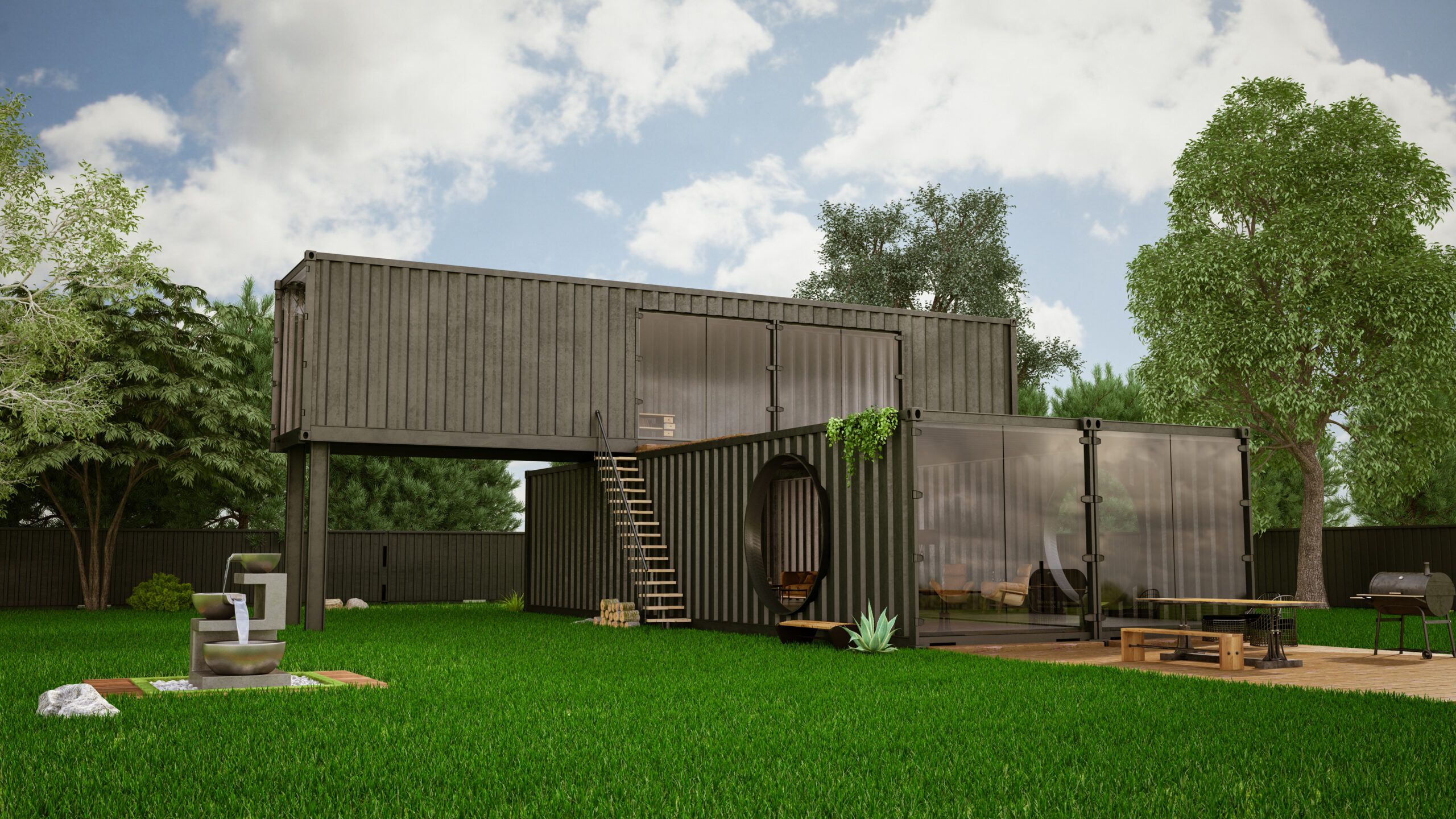One of the latest homebuilding trends is repurposing sturdy steel shipping containers into modern, affordable, sustainable living spaces. Whether you’re looking to design a compact backyard office or an expansive, multi-container modern house, shipping containers might be the perfect material for your next project.
What Are the Pros and Cons of Living in a Container Home?
Container homes aren’t the right fit for everyone, but they are an ingenious solution for some.
The principal advantages of a container home are its eco-friendliness and durability. You can build one much quicker than a traditional home, and since the containers were made to withstand the open seas, they’ll be robust against the elements.
However, not every community allows container homes, and the ones that do may have specific requirements to fit local codes and design standards. Used containers may have carried hazmat that needs to be removed, and you’ll have to take good care of the steel so it doesn’t rust.
Planning Your Container Home
Before you start building a container home, you’ll need to do some careful planning.
Zoning and Building Code Considerations
Not every community allows container homes, and the ones that do may have specific requirements to fit local codes and design standards. Ask your local officials about the permits and regulations they’ve set for container homes.
Designing Your Container Home Layout
A typical shipping container is only about 8 feet wide, so you’ll need to be a little creative when planning your home’s layout for the slimmer space. Think about where the windows and doors will be, how you’ll stack the containers, and any functional modifications you’ll need to make to the exterior walls.
What Is the Construction Process for a Container Home?
The construction process for a container home is a bit more streamlined than a regular house.
Site Preparation and Foundation
Container homes need a foundation that meets local requirements. Depending on your local soil conditions, climate, and what you want from your space, you may use a concrete slab, pier, or basement foundation.
Modifying Containers for Residential Use
Next, you, your container dealer, or your contractor must modify the shipping containers to support your home’s basic infrastructure. This generally includes the following steps:
- Adding interior walls and floor coverings
- Cutting for windows and doors
- Cutting openings between containers for stacked home designs
- Installing electrical and plumbing systems
- Reinforcing the structure
Insulation and Climate Control Solutions
Container homes need proper insulation to regulate temperature and keep moisture at bay. Builders commonly use spray foam or rigid foam boards for the task, just as they would for a regular home. However, you can also use other eco-friendly options like wool and recycled denim.
For added comfort year-round, your builder will also install climate control systems, such as mini-split air conditioners and radiant floor heating.
How Much Does a Container Home Cost?
Container homes can be significantly cheaper than a regular house if you make the right decisions. According to Angi, a single container can cost between $1,200 and $10,000. However, the bulk of the project cost will come from modifications and labor, bringing the total to somewhere between $25,000 and $250,000.
Buying a prefabricated option may be better than investing in a custom build if you’re building on a budget. Prefab designs offer less flexibility, but they also reduce the work you’d otherwise have to hire out.
If you choose to custom-build, hire a licensed architect and general contractor to plan and manage the construction. Any new home is a serious investment, and you don’t want to take chances with subpar work.

